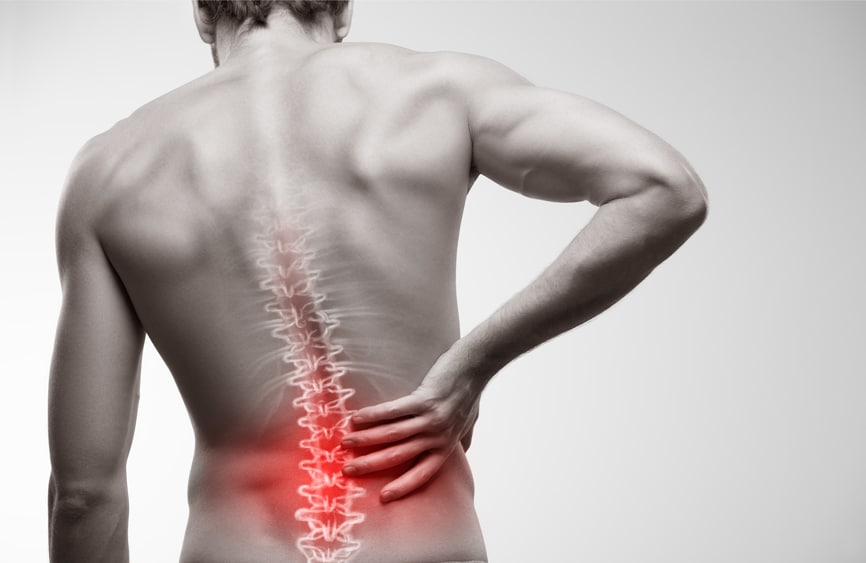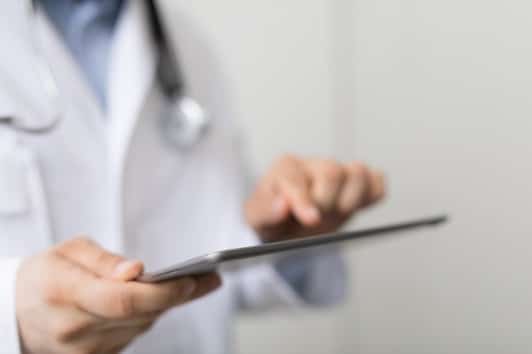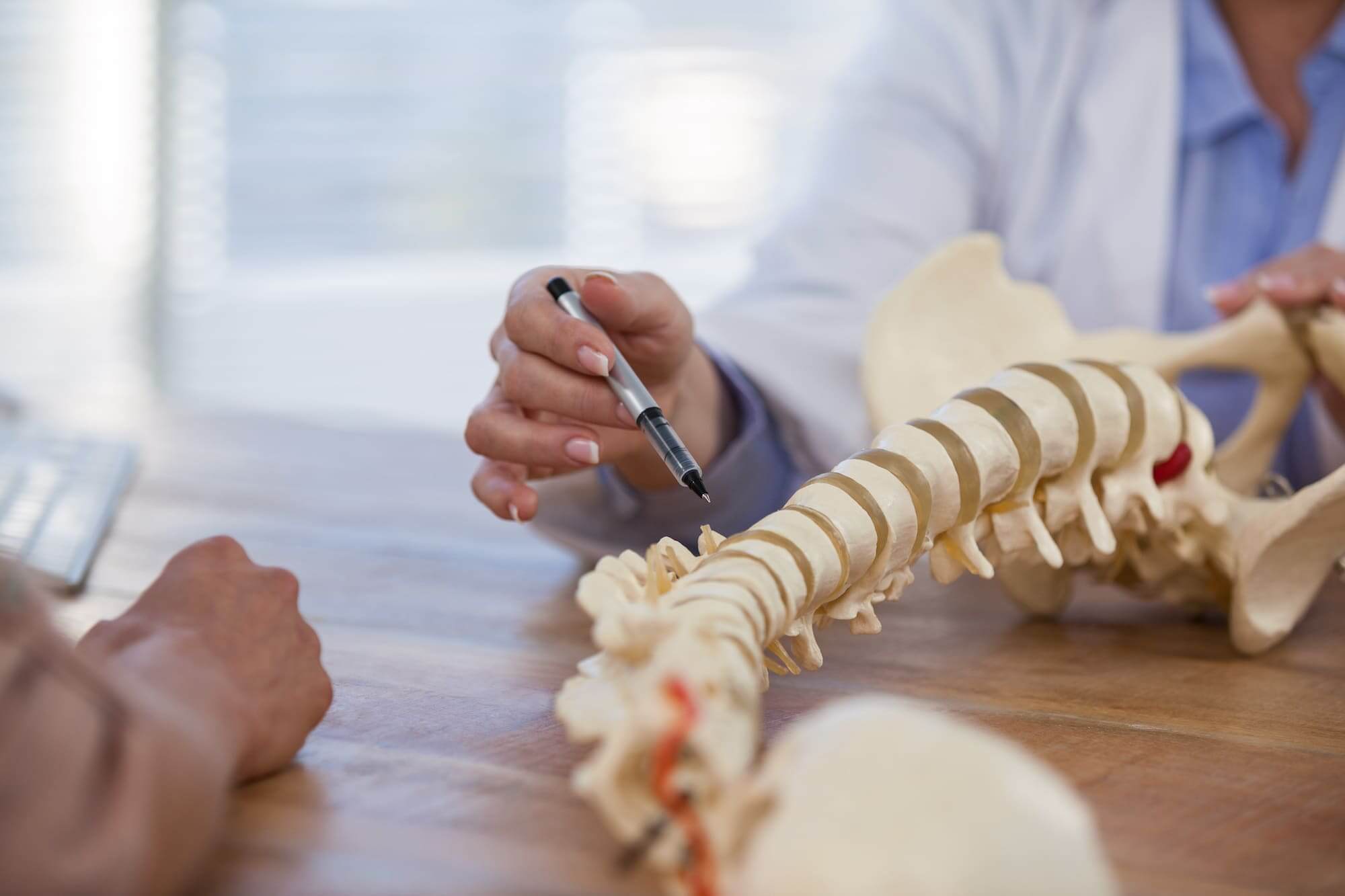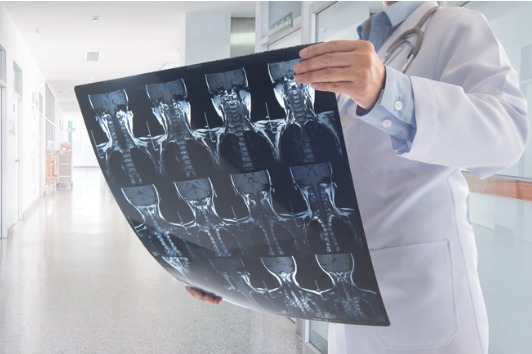Bertolotti Syndrome
Understanding the Symptoms, Causes & Treatments of Bertolotti Syndrome
Why Choose VSI for Bertolotti Syndrome Care?
At VSI (Virginia Spine Institute), our spine specialists are widely known leaders in diagnosing and treating Bertolotti Syndrome — an often misdiagnosed or undiagnosed cause of chronic lower back pain. Many patients come to us after years of uncertainty and discomfort, and we’re proud to offer hope through advanced, personalized solutions.
Our medical team provides nonsurgical treatments rarely found elsewhere and modern surgical options that promote effective and efficient recovery. As a premier destination for Bertolotti Syndrome care, VSI supports fly-in patients with seamless coordination, from medical planning to travel assistance and post-surgical rehab. We’re committed to helping you navigate the complexities of this unique condition and return to your quality of life.
Whether you prefer a virtual or in-person consultation, our goal is to help you understand your symptoms and build a treatment plan tailored to your needs.
Call (703)-337-3285 to connect with a new patient coordinator and get started on your road to recovery.
What is Bertolotti Syndrome?
Bertolotti syndrome, also known as lumbosacral transitional vertebra (LSTV), is a congenital disorder that often manifests as chronic back pain along the waistline. It occurs when the transverse process of the fifth lumbar vertebra (L5) articulates with the sacrum, resulting in abnormal spinal mobility and associated discomfort. This condition is characterized by an irregular vertebral structure and can be a source of ongoing pain and discomfort for affected individuals. Often confused with sacroiliitis, this diagnosis affects less than 10% of the population, and because of this, it often goes undiagnosed. Bertolotti’s syndrome is a rare cause of back pain and can be treated by a qualified spinal specialist with modern spinal healthcare.


Symptoms of Bertolotti Syndrome
Bertolotti Syndrome is associated with a transitional vertebra, which can cause a range of symptoms, though some individuals may remain asymptomatic. Lumbosacral transitional vertebrae symptoms often include lower back pain radiating from the sides of the waist, typically resulting from inflammation of the transitional vertebra. These symptoms can overlap with other spinal or musculoskeletal conditions, such as sacroiliac joint pain, lumbar disc issues, or lumbar facet joint pain, often leading to misdiagnosis of Bertolotti Syndrome.
Accurate diagnosis of Bertolotti Syndrome requires evaluation by an experienced spine specialist. Finding a spine surgeon who offers not only surgical solutions but also non-surgical treatment plans is beneficial for patients seeking a conservative approach. Identifying these symptoms is crucial for differentiating the condition and guiding effective spine treatment.
When to Seek Treatment for Bertolotti Syndrome
If you’re noticing symptoms associated with Bertolotti Syndrome and suspect a spinal issue, it’s crucial to consult a board-certified spine specialist. Early diagnosis and treatment are crucial for effective management and may expand your treatment options, which can diminish if symptoms persist. Due to its complex nature, Bertolotti’s Syndrome is often misdiagnosed.


Common Causes of Bertolotti Syndrome
During our natural spinal development, vertebrae located in the sacral region fuse to form one bone called the sacrum. The sacrum is located in the region of the pelvis. In the lower back, or lumbar spine, lumbar vertebral bodies develop as separate segments with their own discs, transverse processes, and spinous processes. Having these separate vertebral bodies allows for motion in our lumbar spine.
However, before birth, some individuals develop a condition where the lowest lumbar vertebra (L5) doesn’t fully determine whether it belongs to the lumbar spine or the sacrum. This results in a ‘transitional vertebra.’ In such cases, the L5 transverse process becomes enlarged, often forming a fake joint with the pelvis. If inflammation develops at the site of the fake joint between the enlarged transverse process and the sacrum, it can cause lower back pain and other symptoms of life-altering discomfort. This low back pain is often very similar to pain related to sacroiliac pain or even lumbar facet pain, which is why patients can be frustrated by misdiagnosis if not properly evaluated by a Bertolotti Syndrome expert.
Diagnosis for Bertolotti Syndrome
Selecting a board-certified spine specialist with experience in accurately distinguishing Bertolotti Syndrome from other causes of back pain, such as lumbar disc herniation, facet joint pain, degenerative disc disease, and sacroiliac joint pain, is vital. During your initial consultation, a thorough health history and physical examination are conducted, and specific diagnostic imaging may be required to pinpoint the exact cause of pain. At VSI, we personalize Bertolotti Syndrome treatment plans to your unique needs, starting with a precise diagnosis to ensure the most effective and personalized approach to your spine care.


Treatment Options for Bertolotti Syndrome
We prioritize personalized, non-surgical treatments as our initial approach to treating Bertolotti Syndrome. Our specialized spine physical therapy focuses on mobilization, core strengthening, and stretching to alleviate symptoms. Additionally, we provide outpatient natural regenerative medicine treatments, including stem cell therapy and platelet-rich plasma (PRP). These innovative therapies harness the body’s natural healing capabilities, offering safe, minimally invasive options with quicker recovery time than surgery.
However, for some patients, surgical intervention becomes necessary. Our minimally invasive spine surgery can effectively address L5 transverse process issues by reshaping the enlarged transverse process and removing the problematic transitional joint, providing significant relief. Alternatively, we offer minimally invasive spinal fusion for lumbosacral transitional vertebrae treatment to stabilize the affected area. Both surgical options are designed to minimize recovery time and maximize patient outcomes, ensuring tailored care for each individual’s unique needs.
Frequently Asked Questions about Bertolotti Syndrome
Uncertain After Reviewing Bertolotti Syndrome Symptoms?
Schedule a professional evaluation with VSI for expert diagnosis and personalized guidance. We recommend in-person consultations with our spine specialists for the most thorough assessment.

